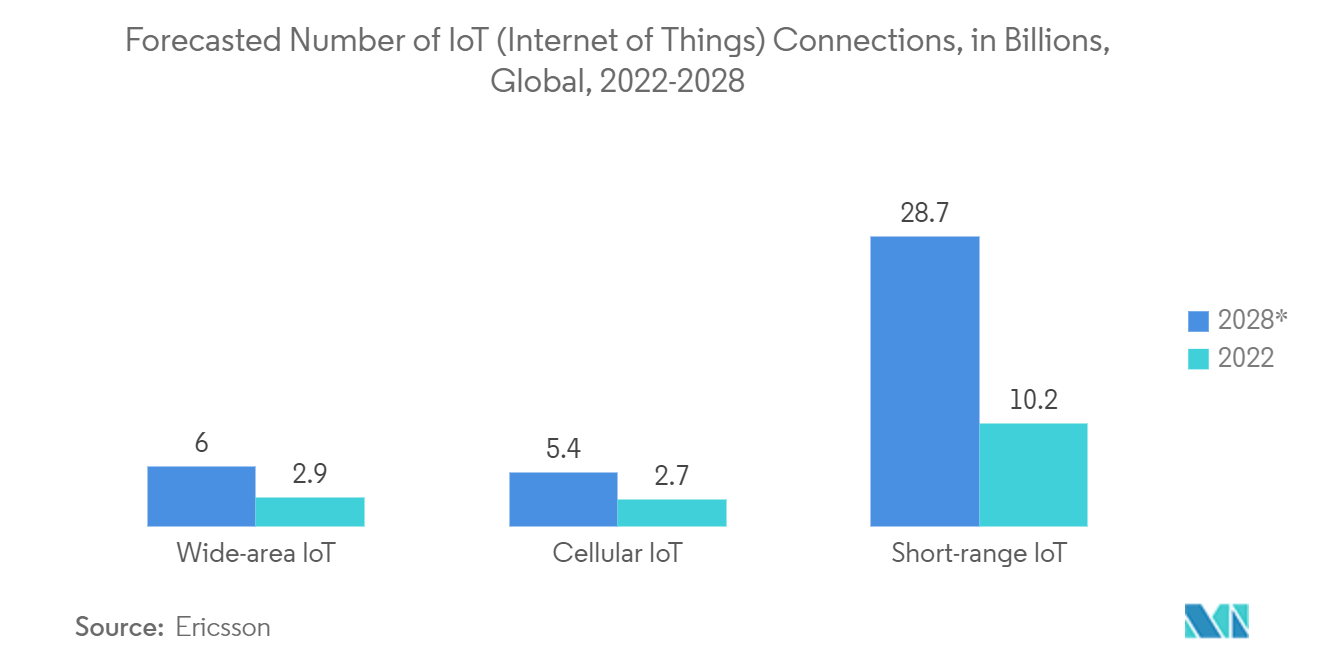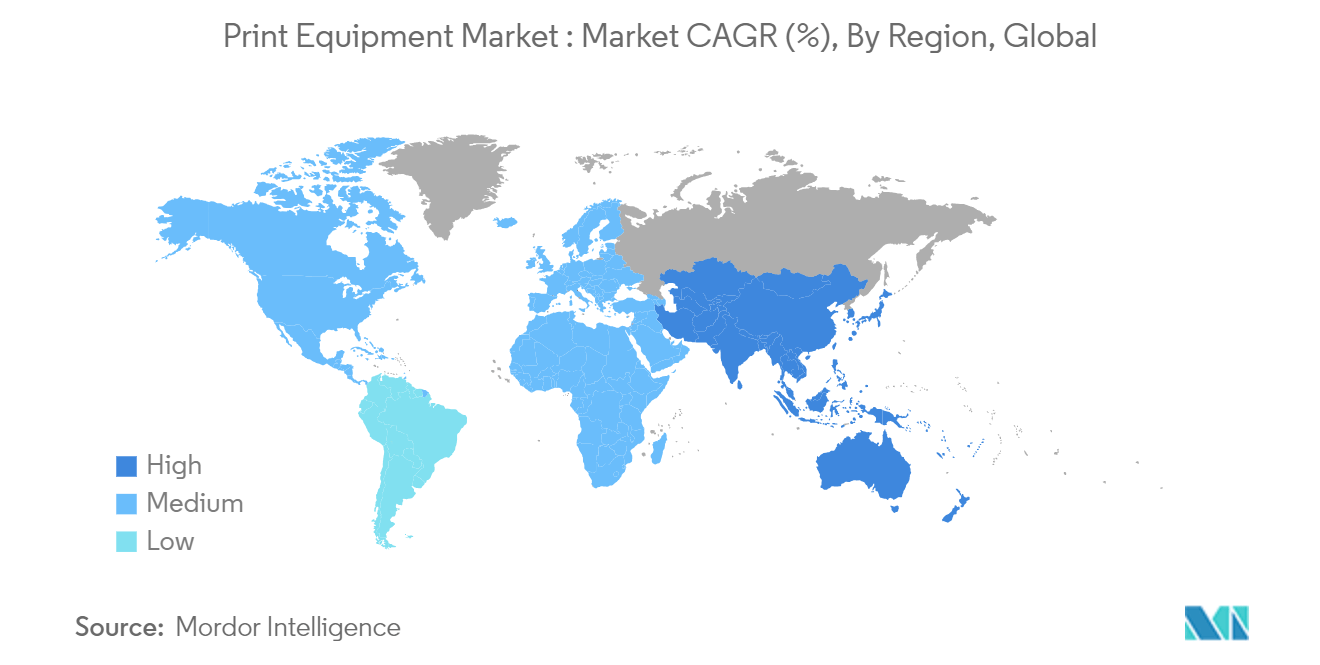Market Trends of Print Equipment Industry
Flexographic Printing Expected to Witness Major Growth
- Flexographic printing machines are primarily driven by the demand for high production speeds and efficient printing. Consequently, advancements in flexographic printing have opened up a vast market for inks. The rising trend of printing on packaging surfaces, particularly in the food and consumer goods industries, has spurred the growth of the flexographic segment.
- Technologies like AI, machine learning, and data analytics are enhancing personalization. Notably, the number of Internet of Things (IoT) connections, which stood at 2.9 billion in 2022, is projected to surpass 6 billion by 2028. This technological convergence in flexographic printing is elevating print personalization, especially for large-volume orders.
- Flexographic printing is versatile and capable of being executed on sustainable substrates like paper and cardboard. Utilizing flexible packaging materials, such as bio-based films and compostable substances, mitigates the environmental footprint of packaging. Market vendors are enhancing the productivity, cost-effectiveness, sustainability, and consistency of flexo printing, from design to print quality. In flexible printing technology, low-viscosity inks are crucial for ensuring a smooth ink flow through the printing unit.
- Flexographic printing machinery boasts adaptability and is used across industries like packaging and labeling. This flexibility empowers print businesses to cater to diverse orders, broadening their market reach and maintaining a competitive edge.

Asia-Pacific Expected to Register Major Growth
- Asia-Pacific is poised to dominate the market, with numerous firms channeling investments into the region, driven by robust end-user demand and abundant development opportunities in packaging printing.
- In the Japanese market for print equipment, offset printing holds a dominant position, particularly for high-volume commercial tasks such as books, magazines, and newspapers. Japanese manufacturers' modern offset printing presses are celebrated for their precision, speed, and superior build quality. However, as demands evolve, digital technologies, such as inkjet printing, are swiftly gaining traction, which is evident in their rising prominence in textile applications.
- India's market for print equipment is progressively embracing digital technologies, drawn by their cost-effectiveness, quicker turnaround, and enhanced customization over traditional methods. The surge in digital equipment usage, from inkjet to laser printers, is propelled by demands for shorter print runs, variable data printing, and on-demand services.
- India's steady economic ascent and its burgeoning industries, such as retail, pharmaceuticals, packaging, and advertising, are driving the demand for print equipment. As these industries expand and diversify, there is an increasing need for high-quality printing solutions to bolster marketing, branding, packaging, and product identification efforts.


